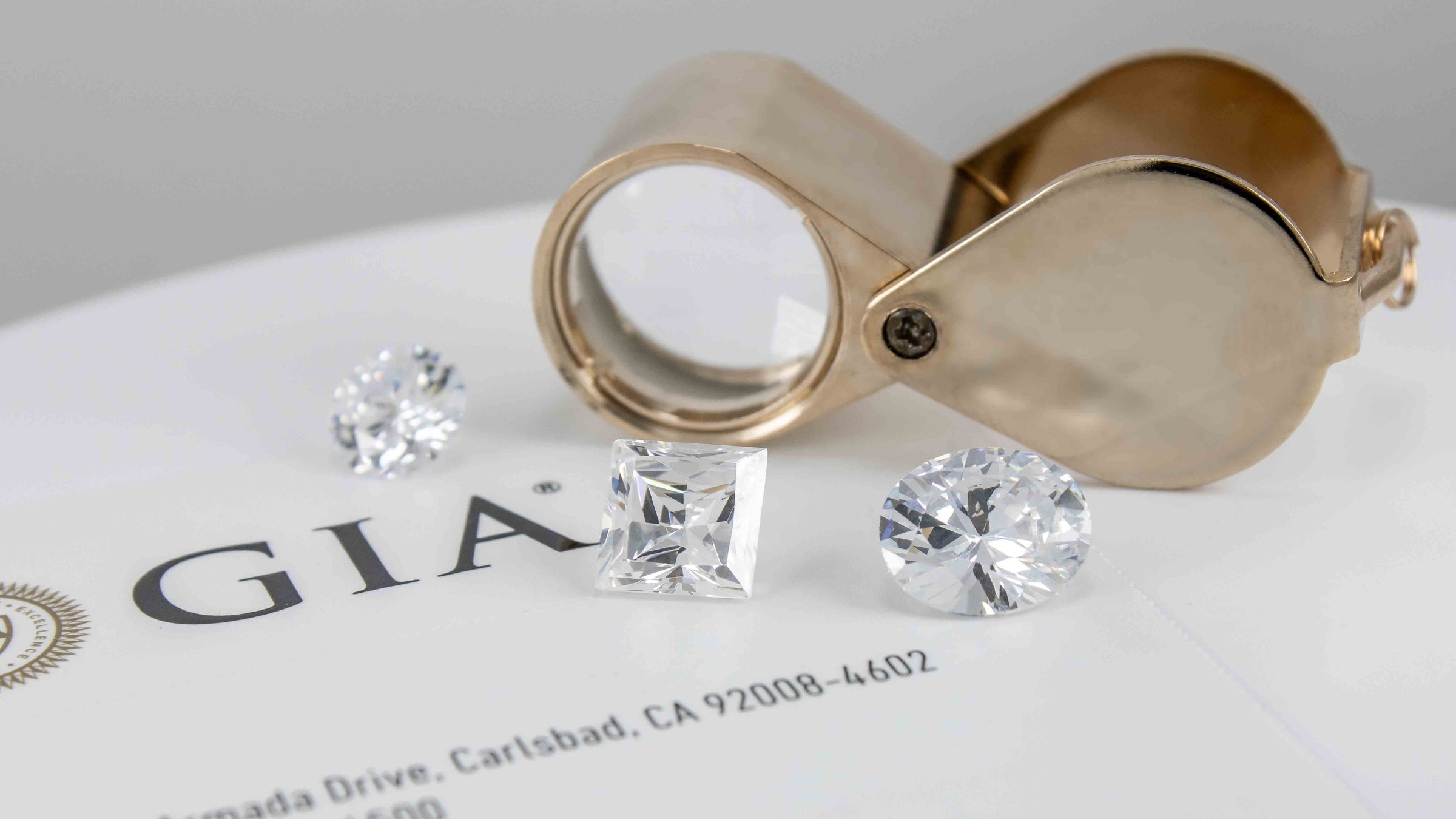Guide to Diamond Shapes: Understanding and Choosing the Right One
Selecting a diamond shape is more than a design decision — it’s a reflection of your style, story, and lifestyle. With so many options available, we’re here to help you understand what makes each shape unique and how to choose the perfect one for you.
What is diamond shape?
Diamond shape refers to the diamond’s outline when viewed from above — round, oval, marquise, pear, and more. Shape determines the overall silhouette of your ring, while cut refers to the arrangement of facets designed to enhance brilliance. Though shape and cut are often used interchangeably, they describe distinct characteristics.
Learning About Diamonds: The Ultimate Resource
Diamond Shape Decision Framework
Not sure which diamond shape is right for you? Use this framework to guide your decision:
1. Personal Style & Aesthetic Preferences
-
Do you love timeless classics or lean toward modern designs?
-
Classic & Timeless: Round Brilliant
-
Elegant & Distinctive: Oval, Pear
-
Bold & Geometric: Princess, Radiant
-
Vintage-inspired: Cushion, Asscher
-
2. Lifestyle Considerations
-
Will you wear this ring every day?
-
Active lifestyle: Rounded shapes with protected corners (Round, Oval)
-
Minimalist aesthetic: Clean lines (Emerald, Asscher)
-
Statement pieces: Elongated shapes that appear larger (Marquise, Pear)
-
3. Finger Shape & Size
-
Elongated shapes like oval, pear, and marquise create a lengthening effect
-
Square shapes like princess and cushion add balance to wider fingers
4. Setting Compatibility
-
Some shapes work best in particular settings:
-
Round: Versatile in solitaire, halo, and pavé
-
Emerald and Asscher: Showcase beautifully in vintage and bezel settings
-
Marquise and Pear: Often accented with side stones to balance their taper
-
5. Budget Impact
-
Round diamonds are the most expensive due to cutting waste and popularity
-
Fancy shapes like cushion, oval, and pear may offer better value for size
| Diamond Shape | Ideal Settings | Why It Works |
|---|---|---|
| Round | Solitaire, halo, pavé | Maximum versatility and sparkle from every angle |
| Oval | Solitaire, bezel, hidden halo | Elongated form flatters the finger and suits minimalist designs |
| Pear | Bezel, halo with tapered band | Secure tip protection and balances asymmetry |
| Marquise | V-shaped prongs, side stones | Protects tips and enhances finger-lengthening effect |
| Princess | Channel, four-prong settings | Protects sharp corners and emphasizes geometric form |
| Emerald/Asscher | Bezel, vintage-inspired settings | Enhances clean lines and showcases clarity |
| Cushion | Halo, vintage settings | Soft corners blend beautifully with decorative settings |
| Radiant | Modern halos, solitaire with strong shoulders | Strong corners need protection while highlighting brilliance |









